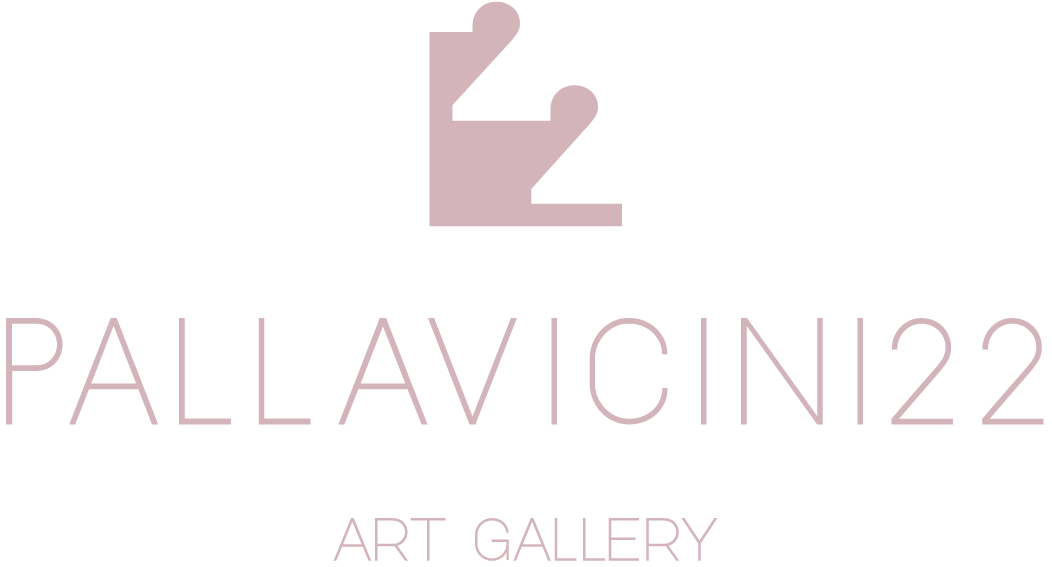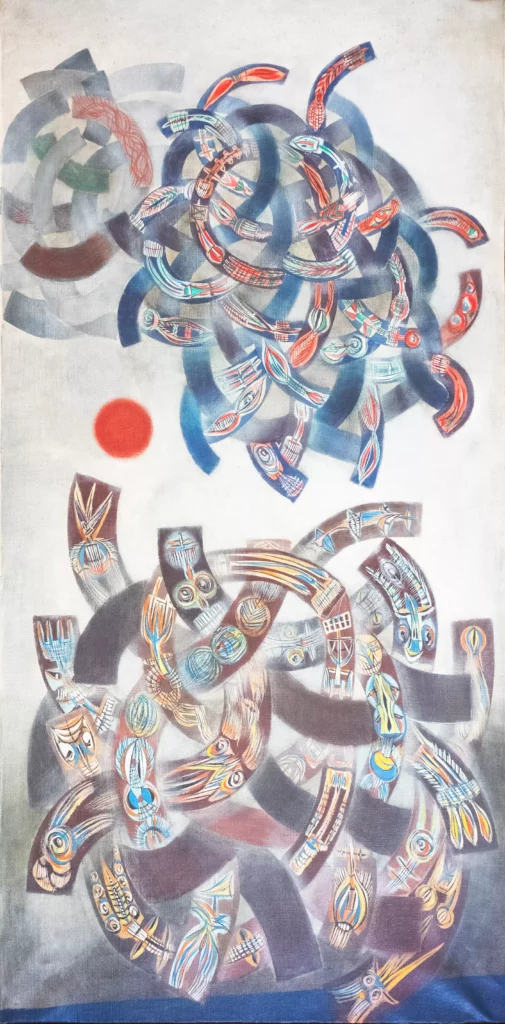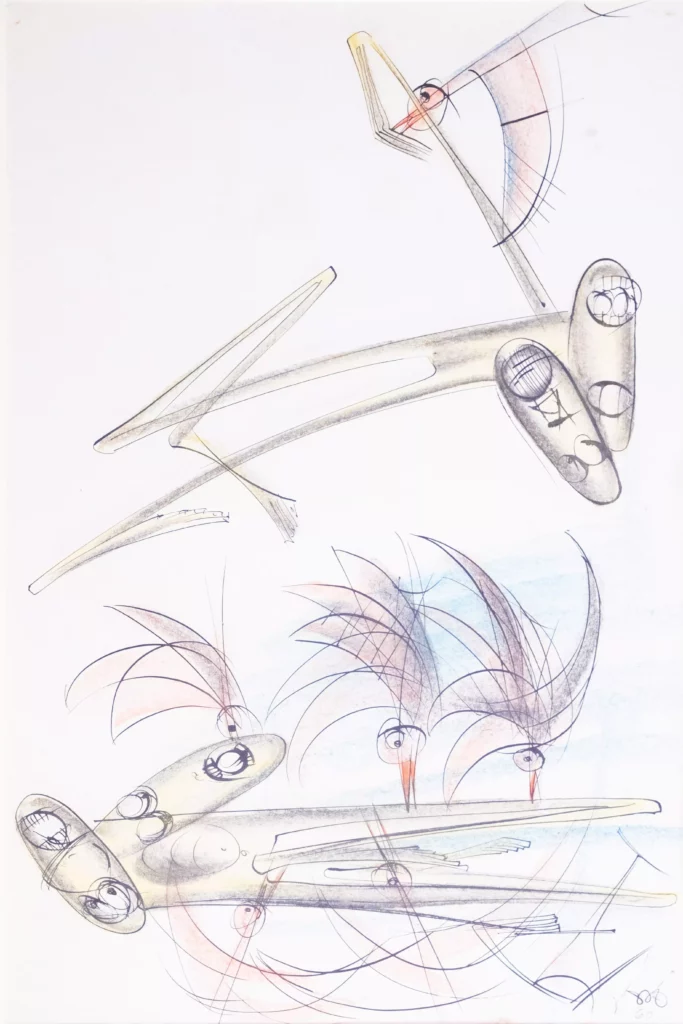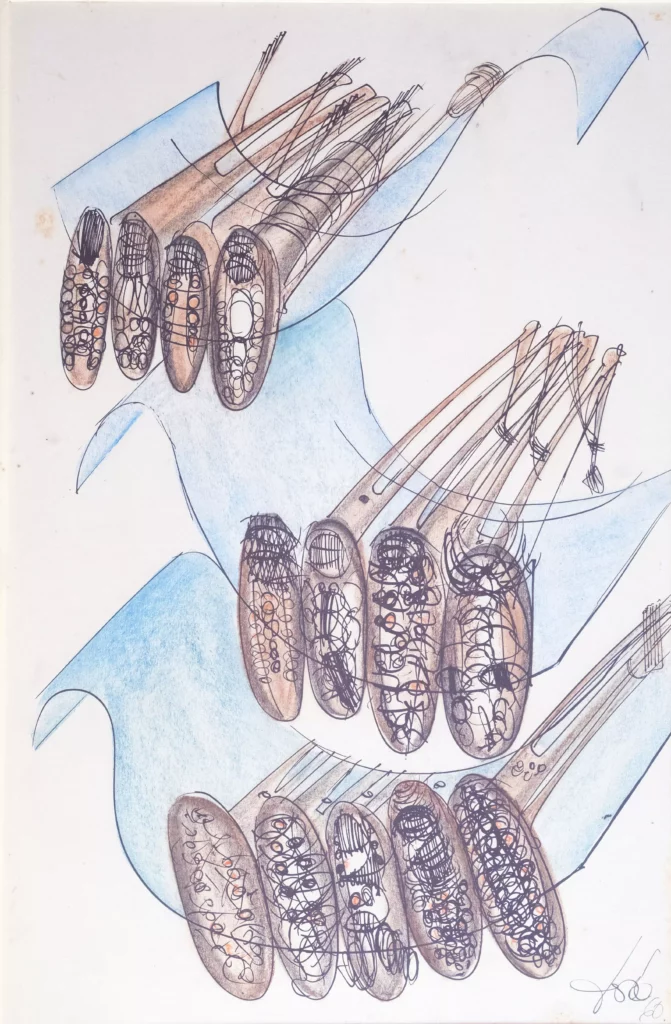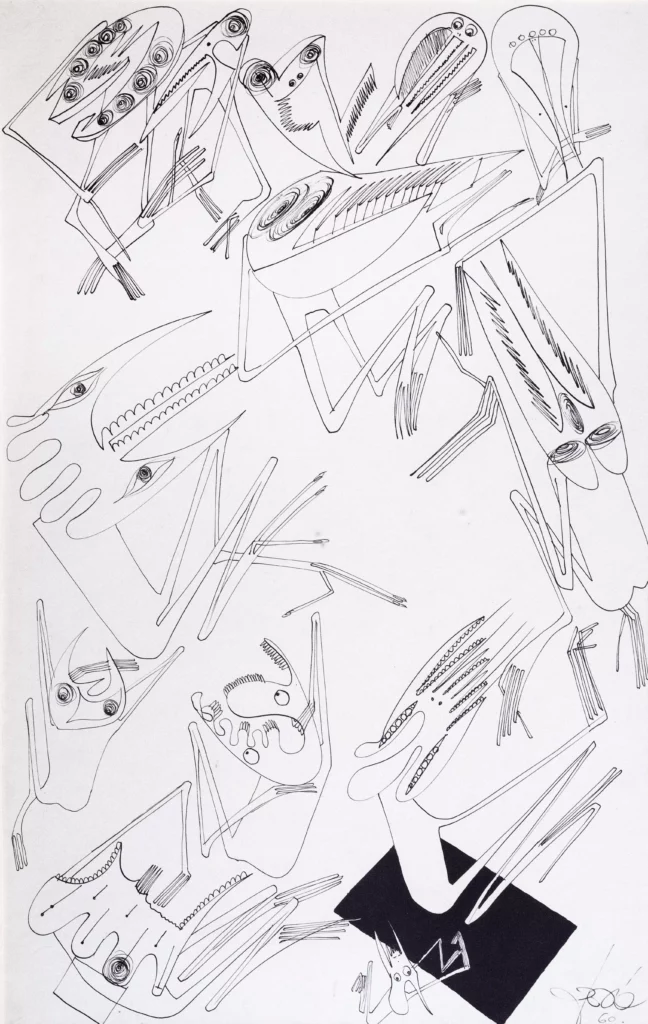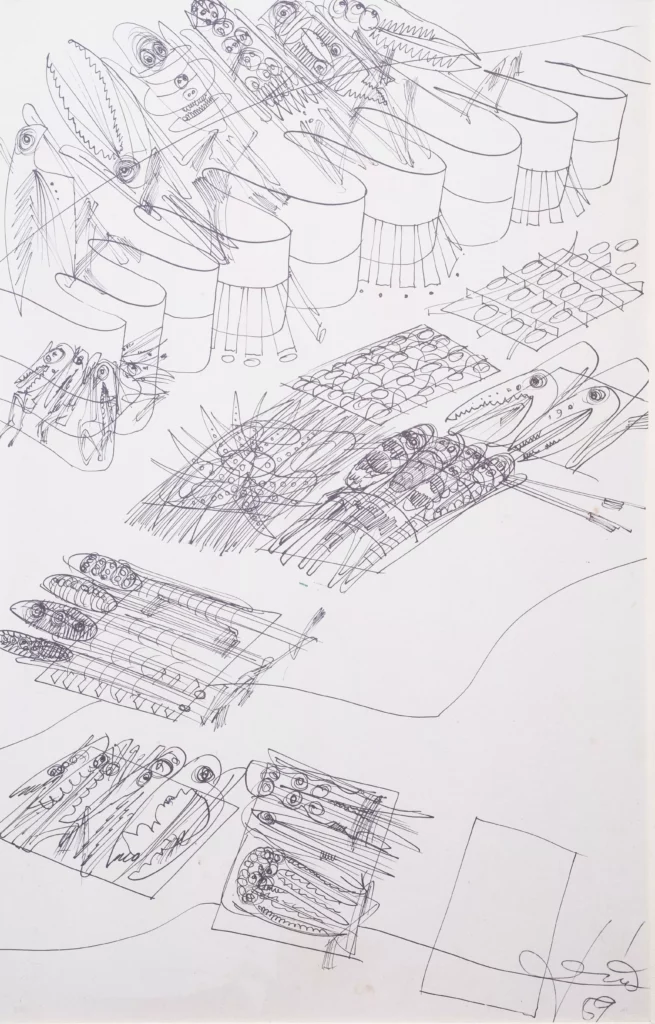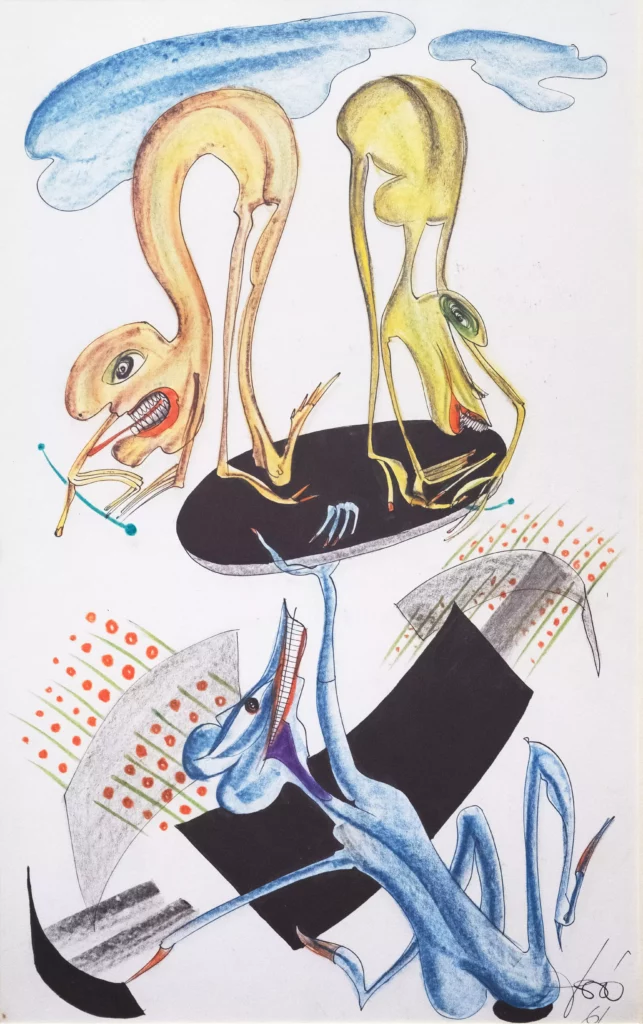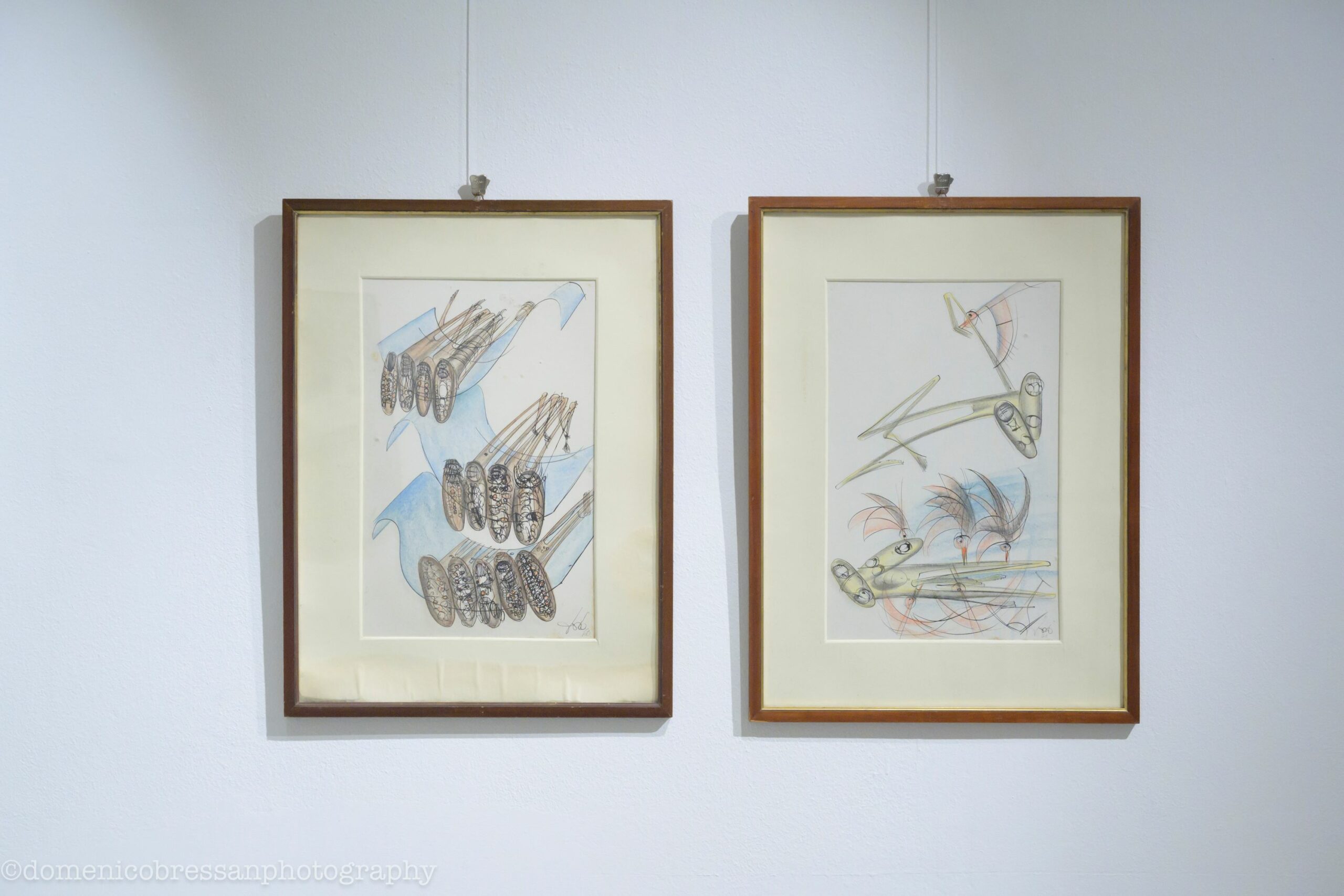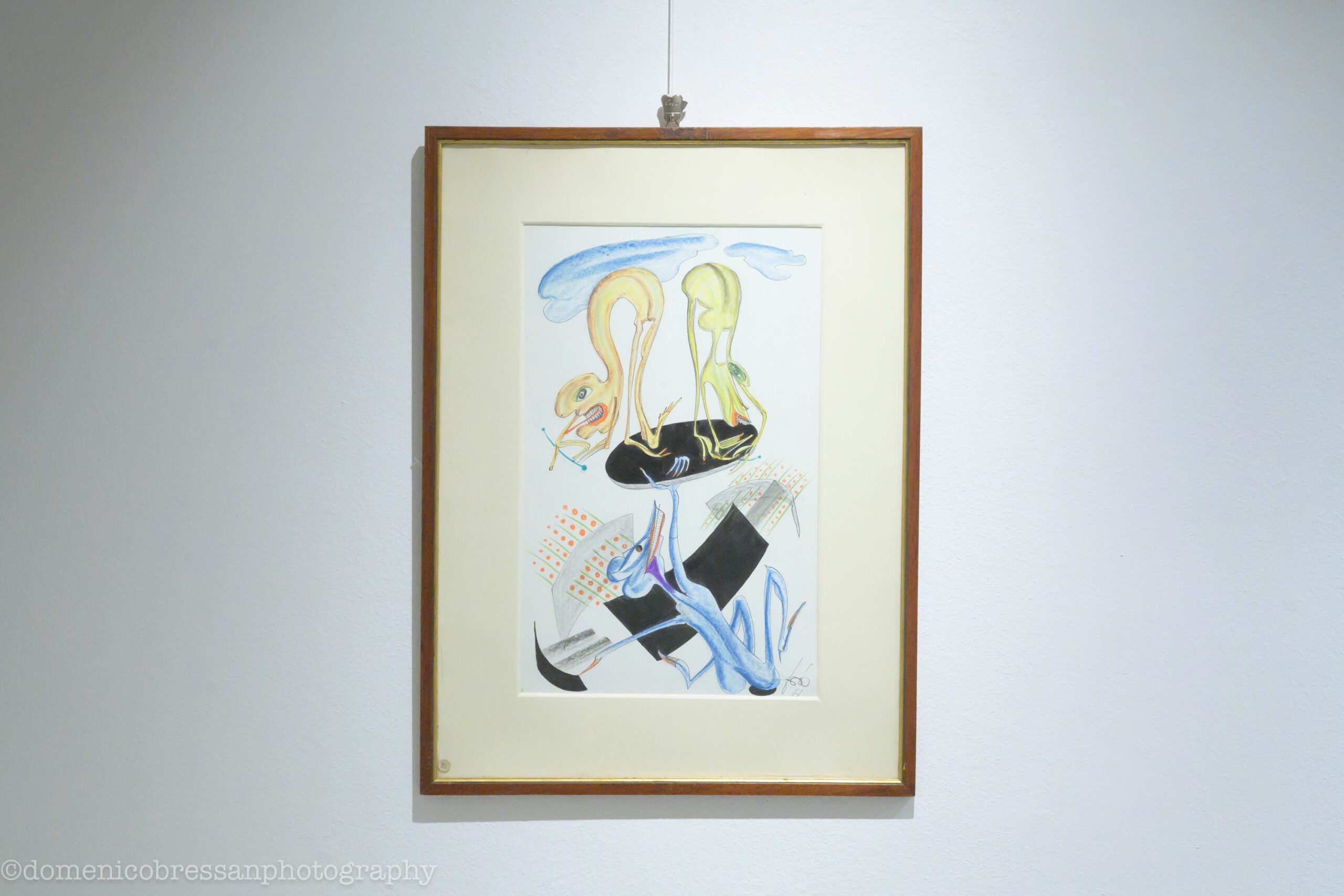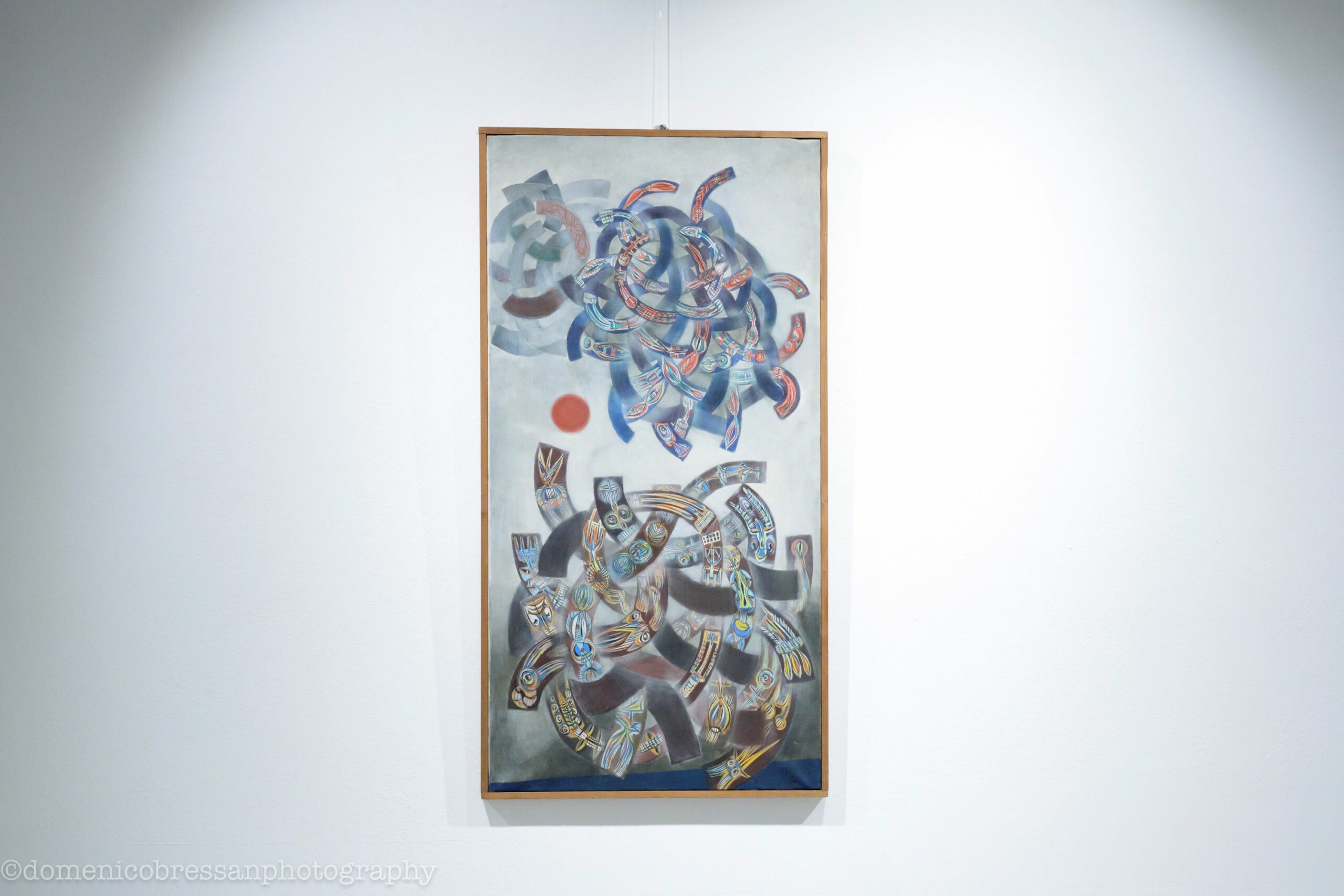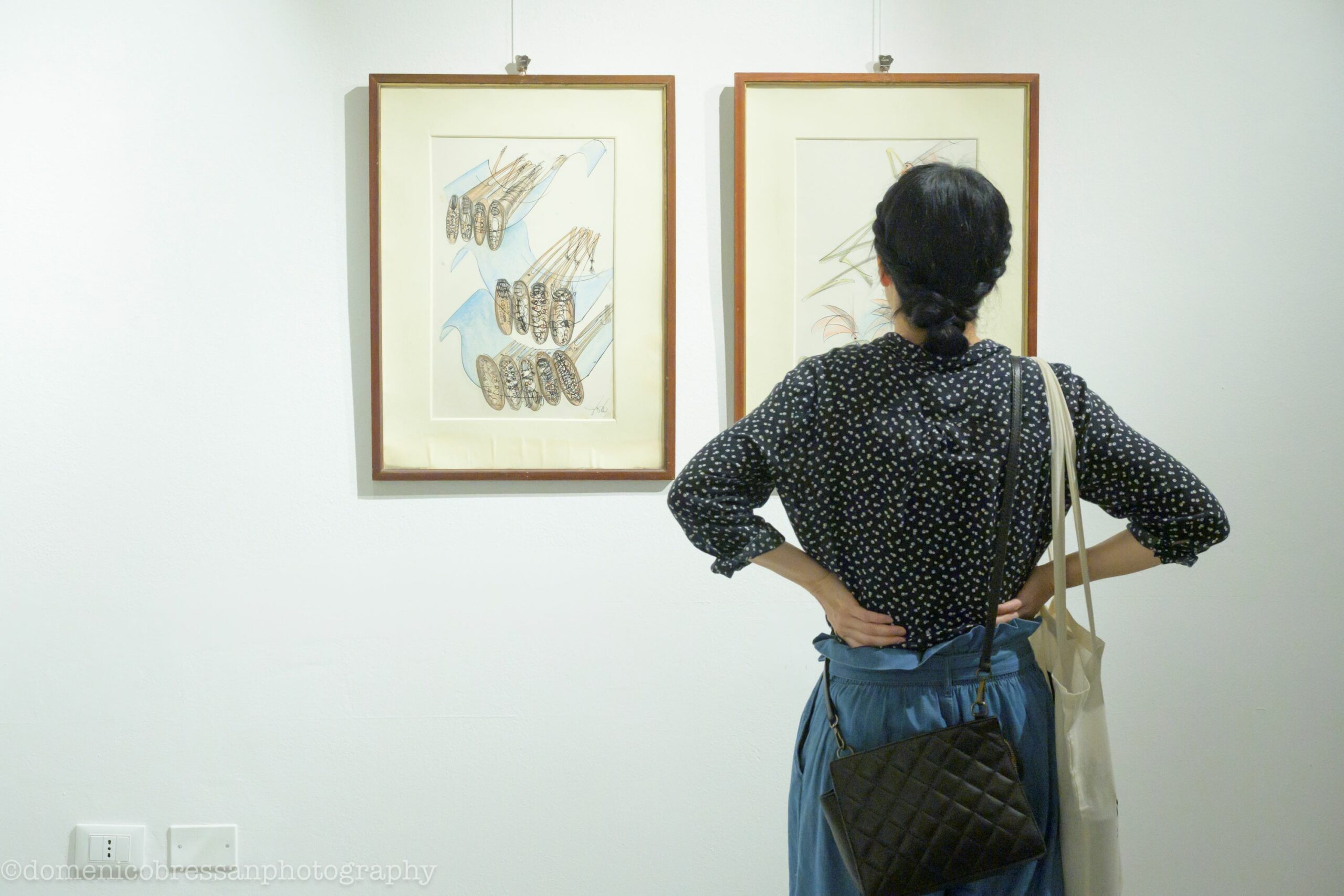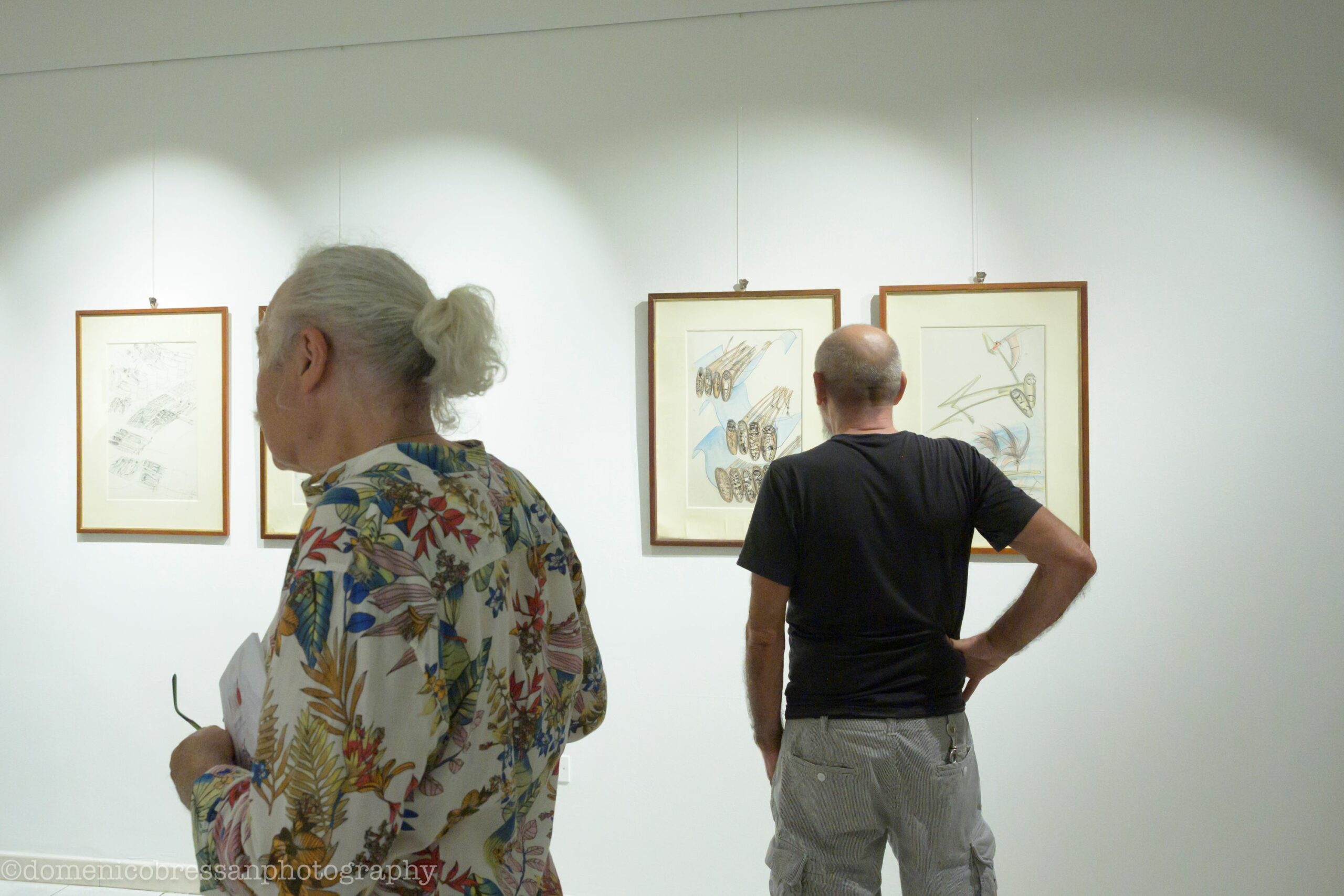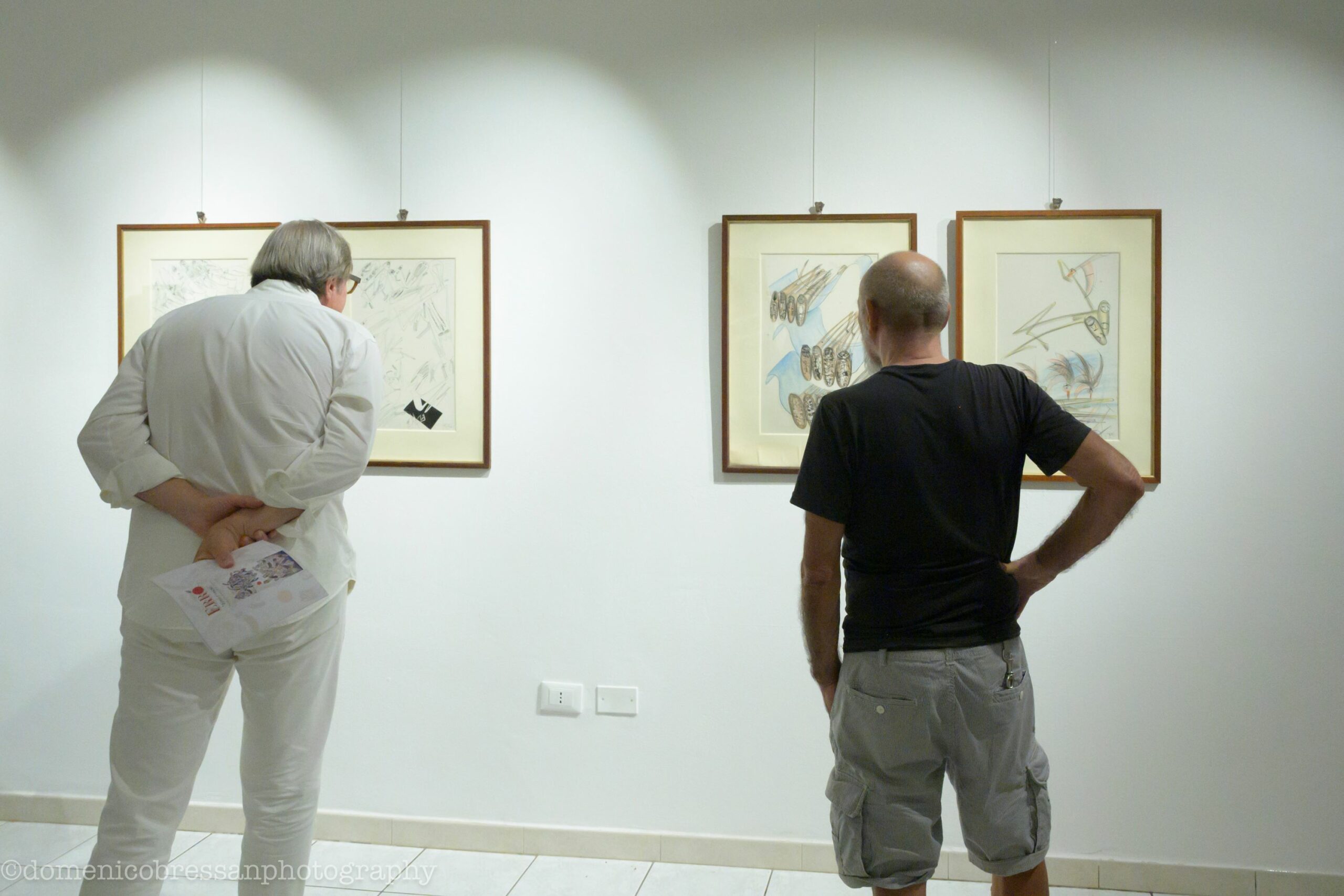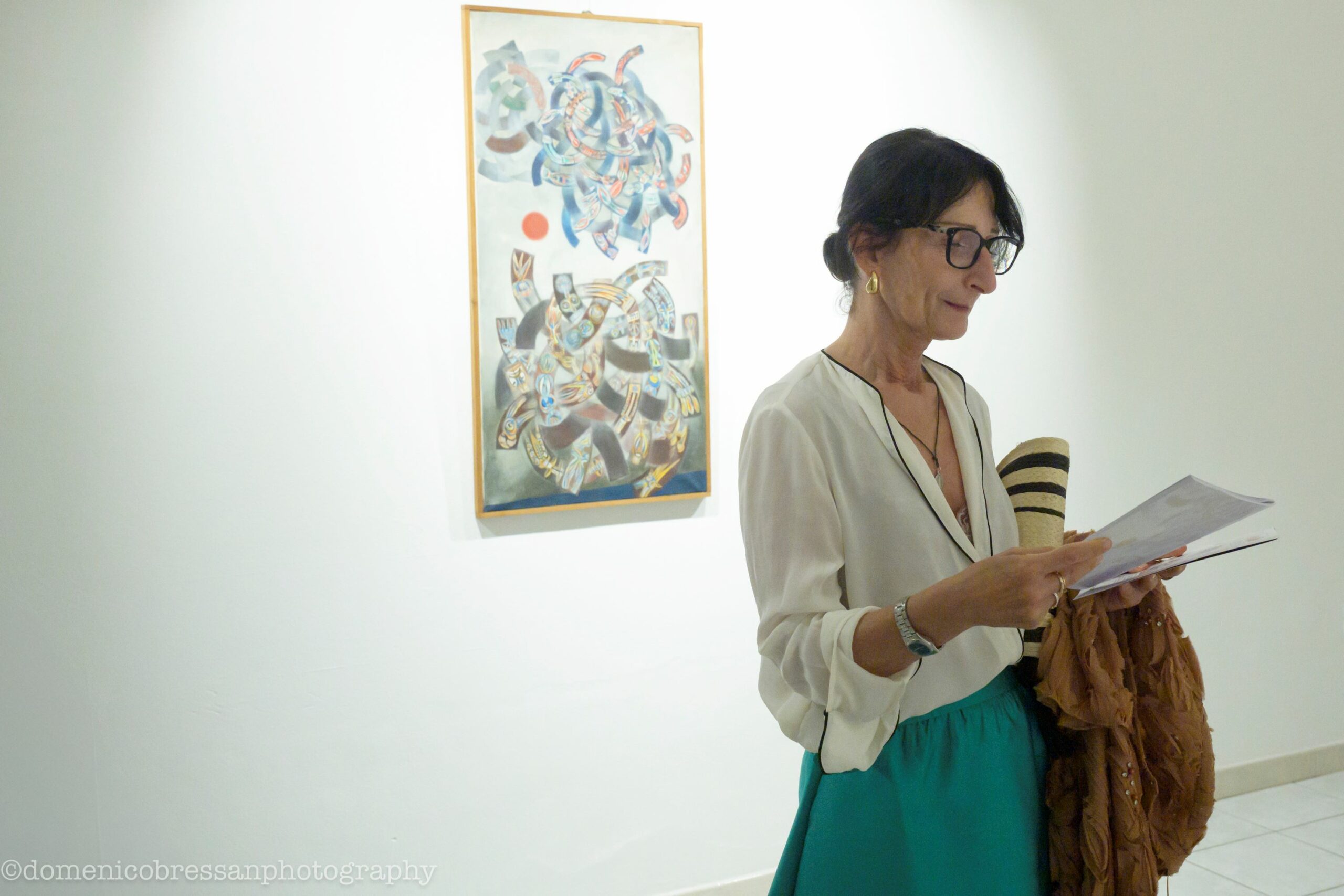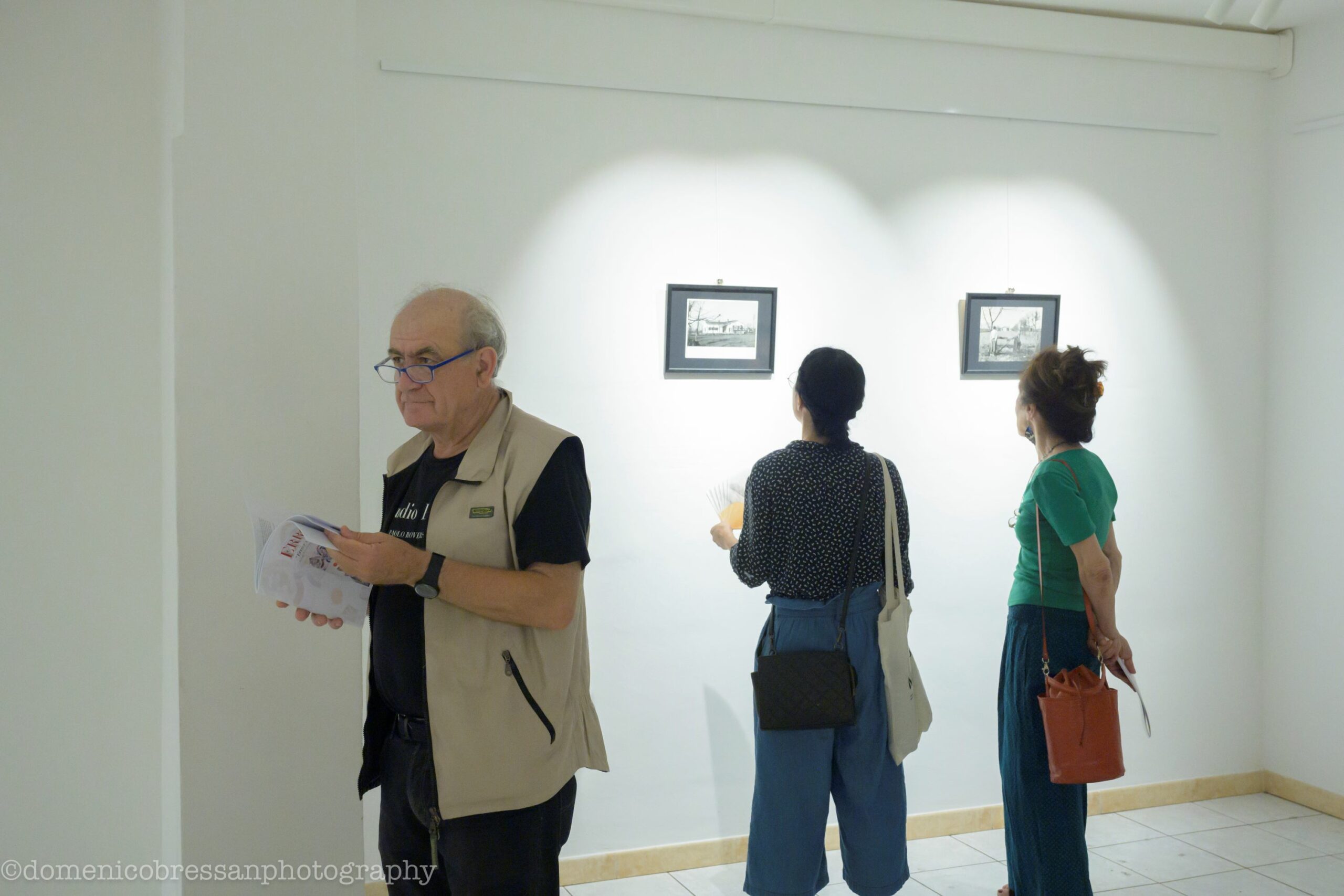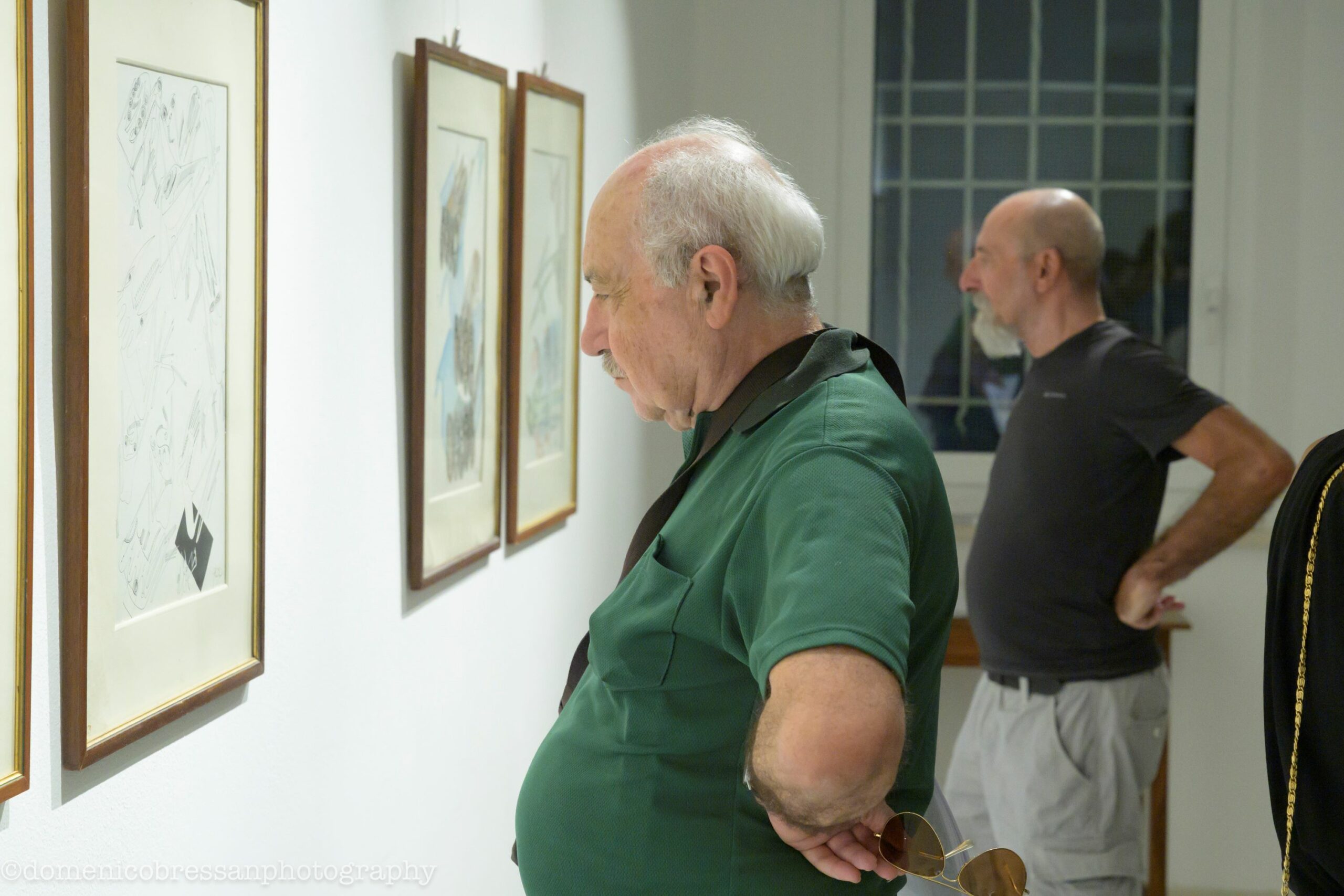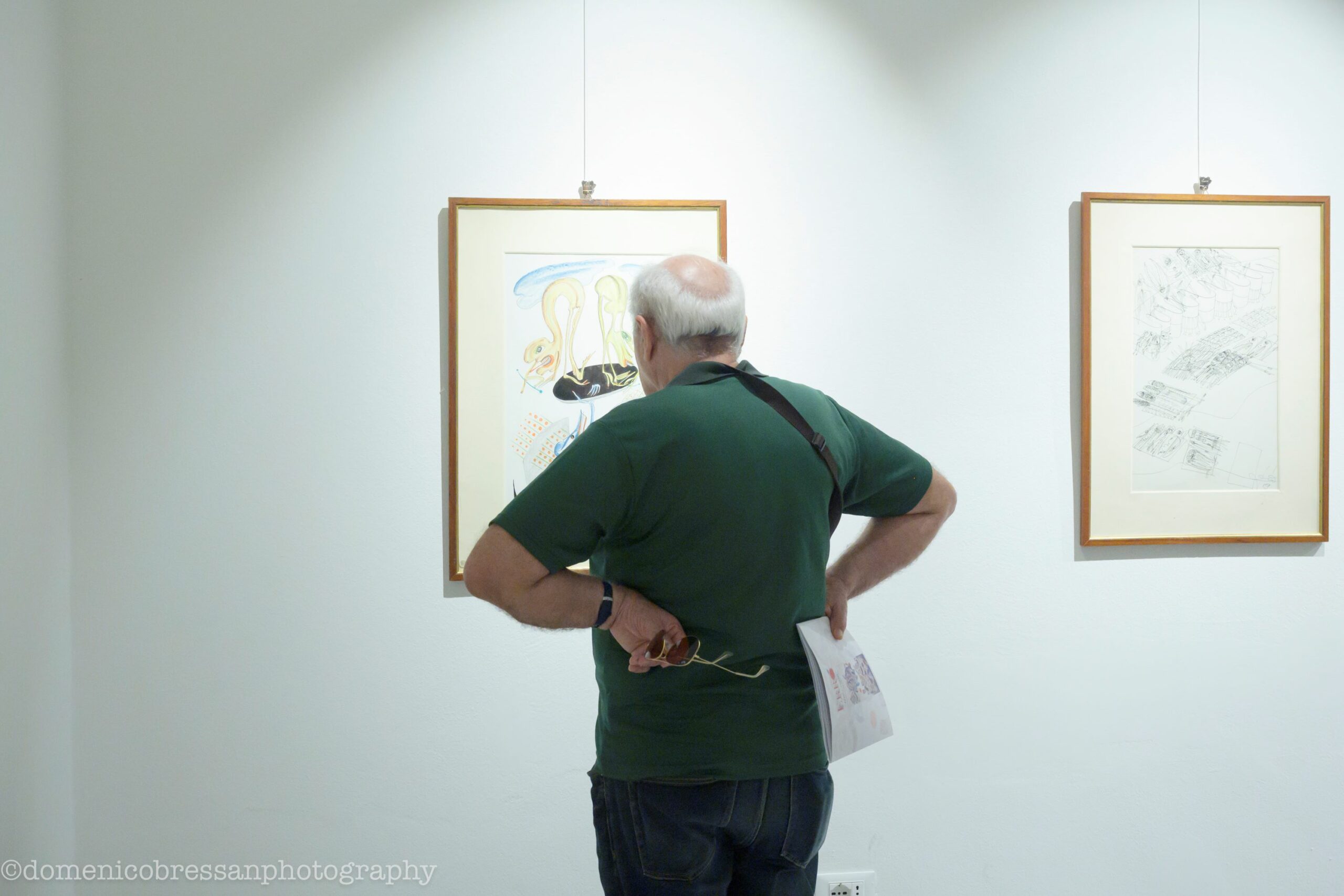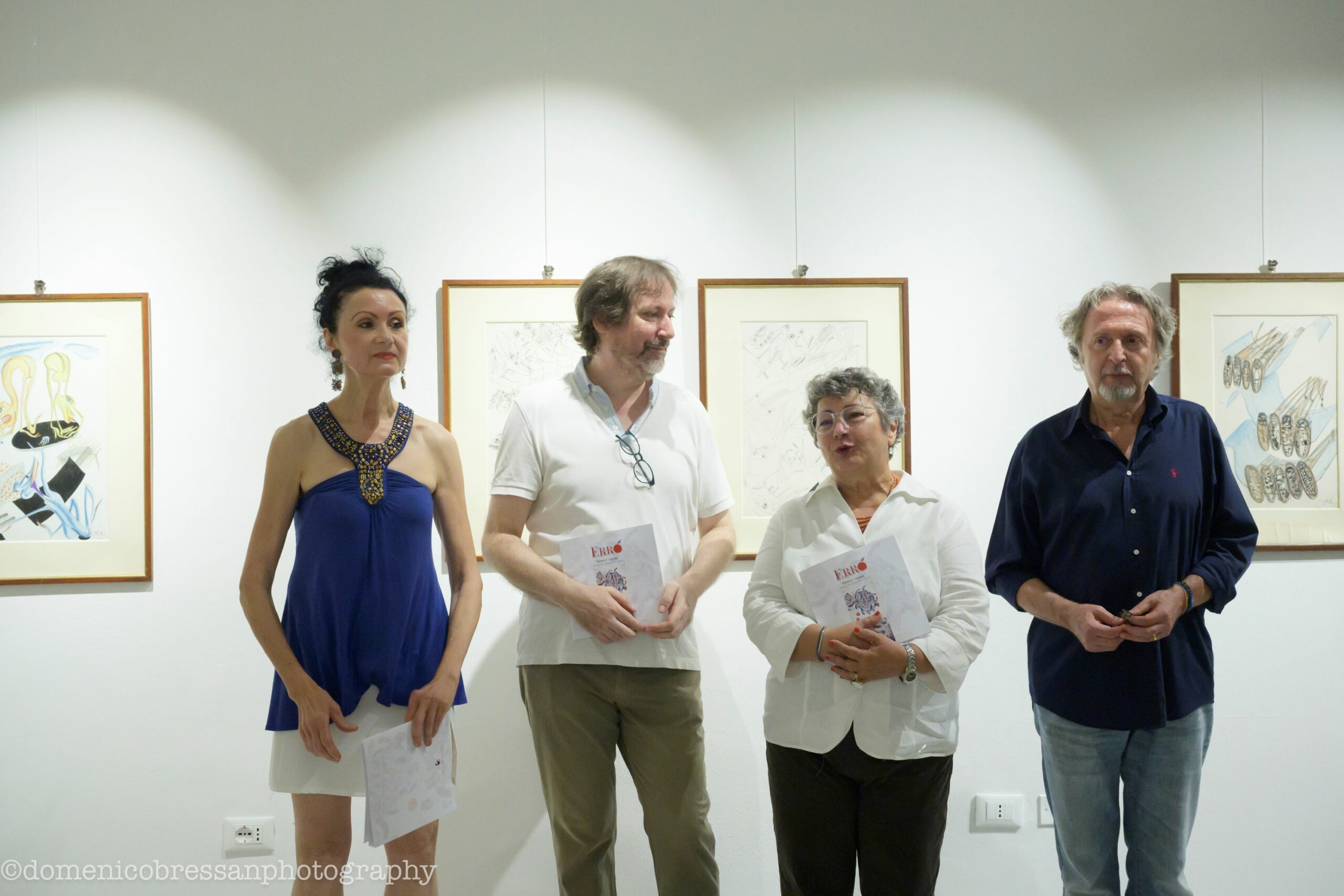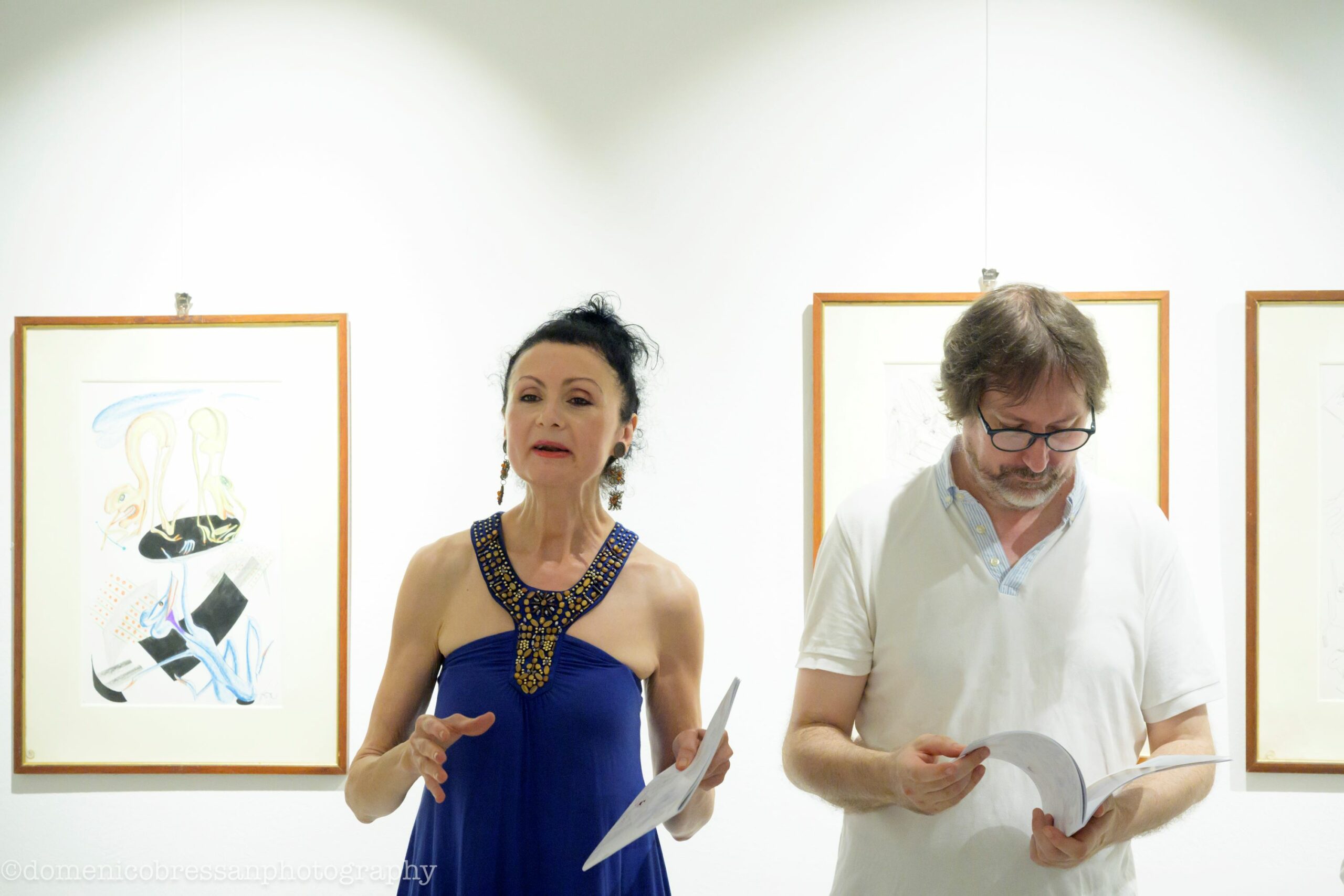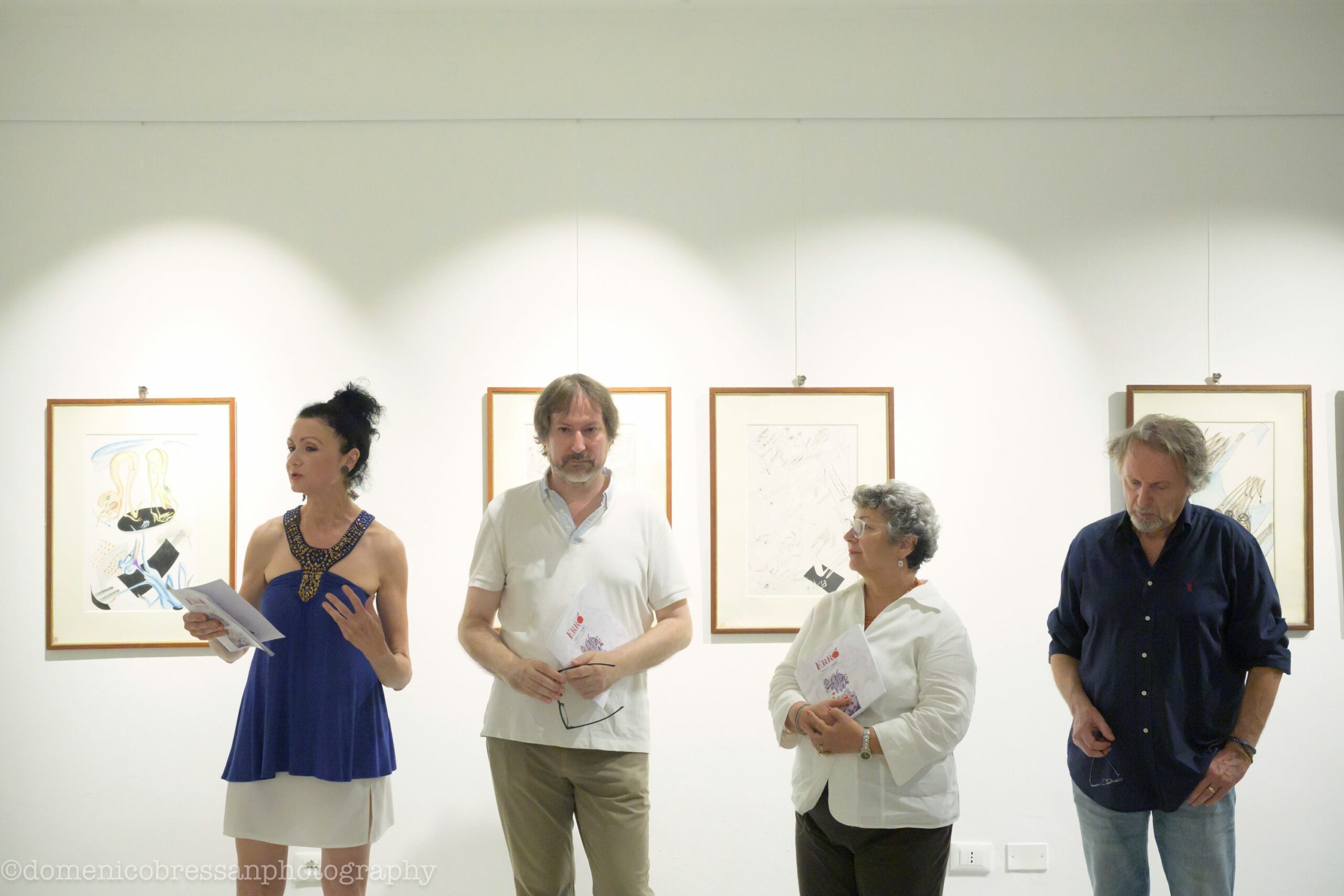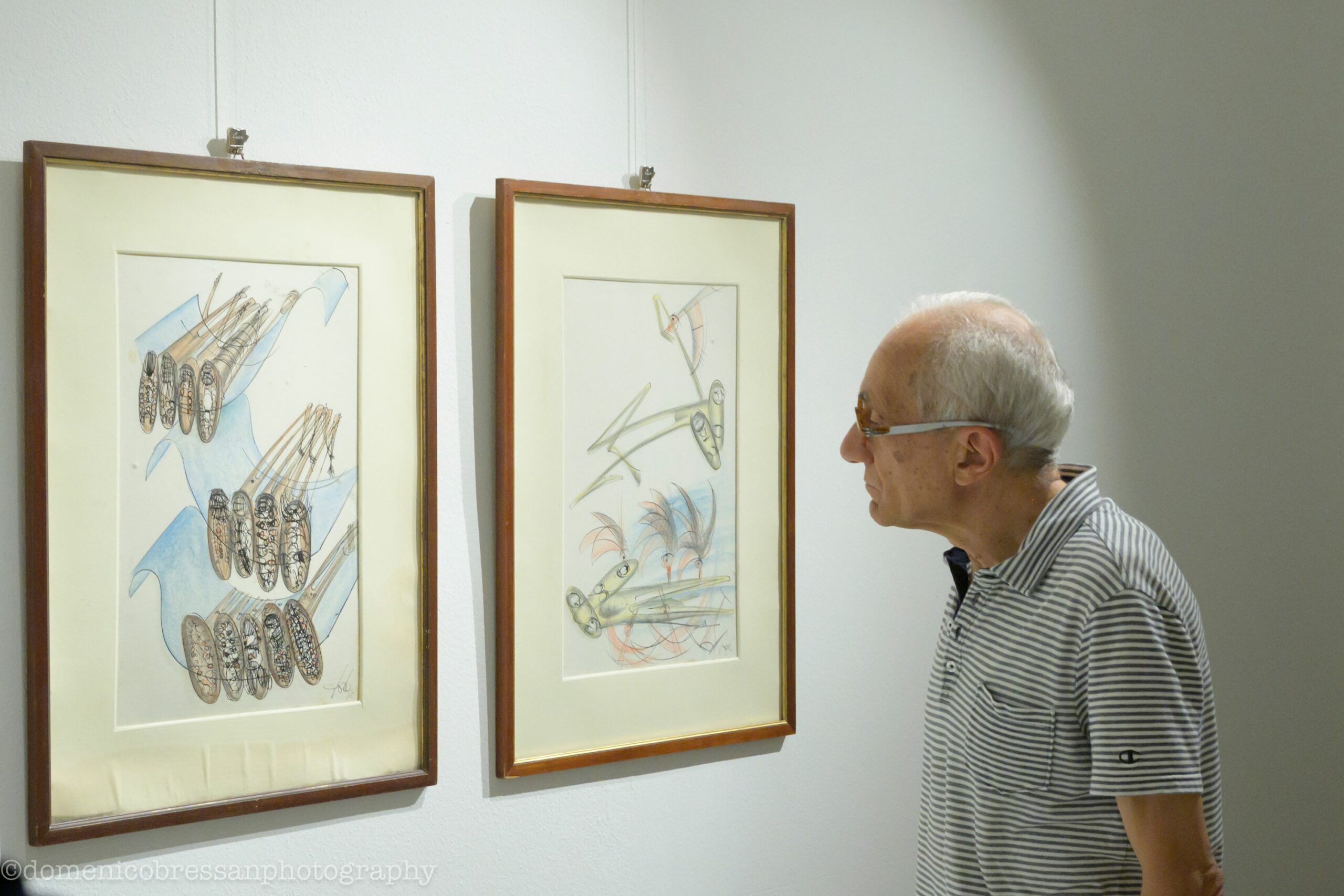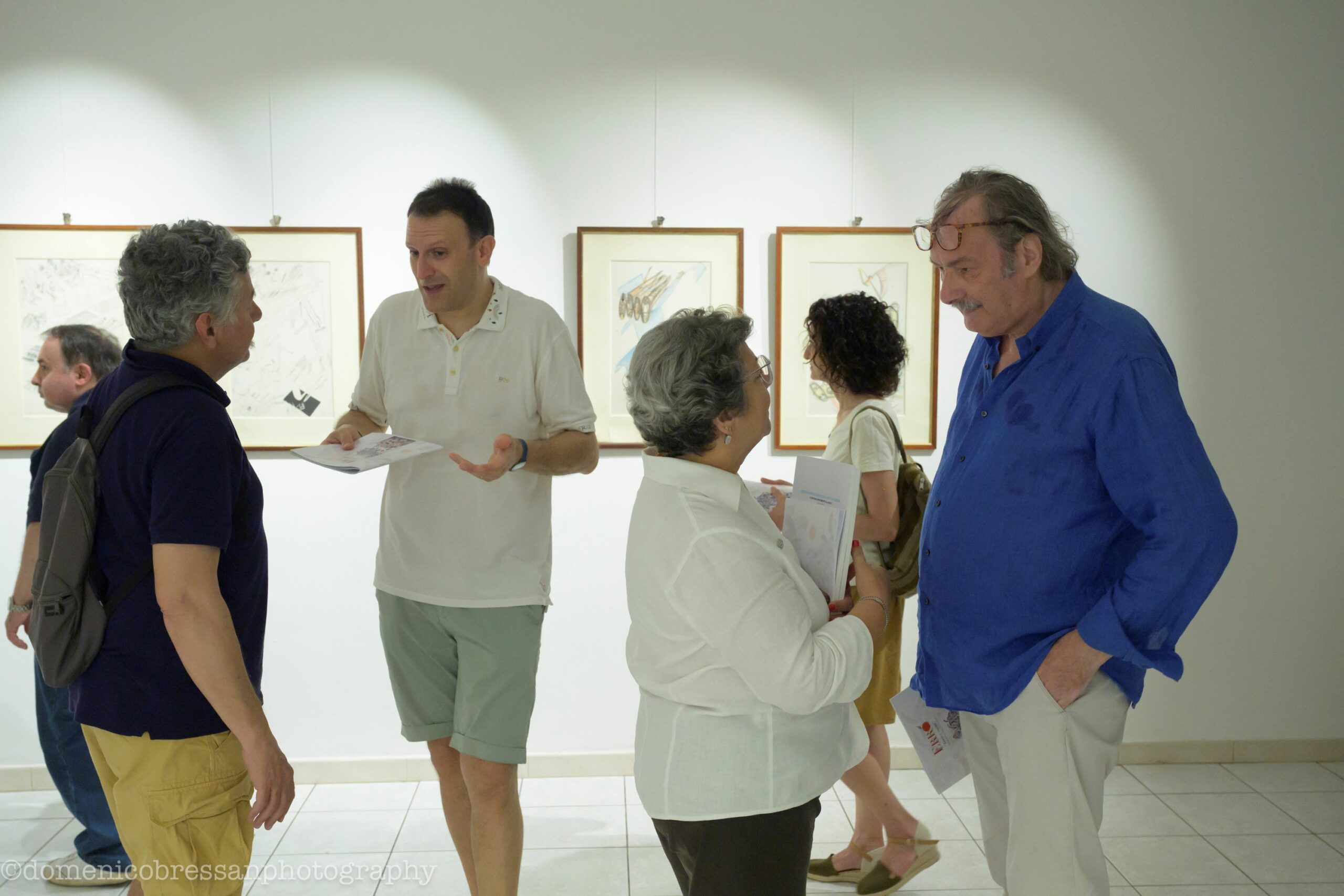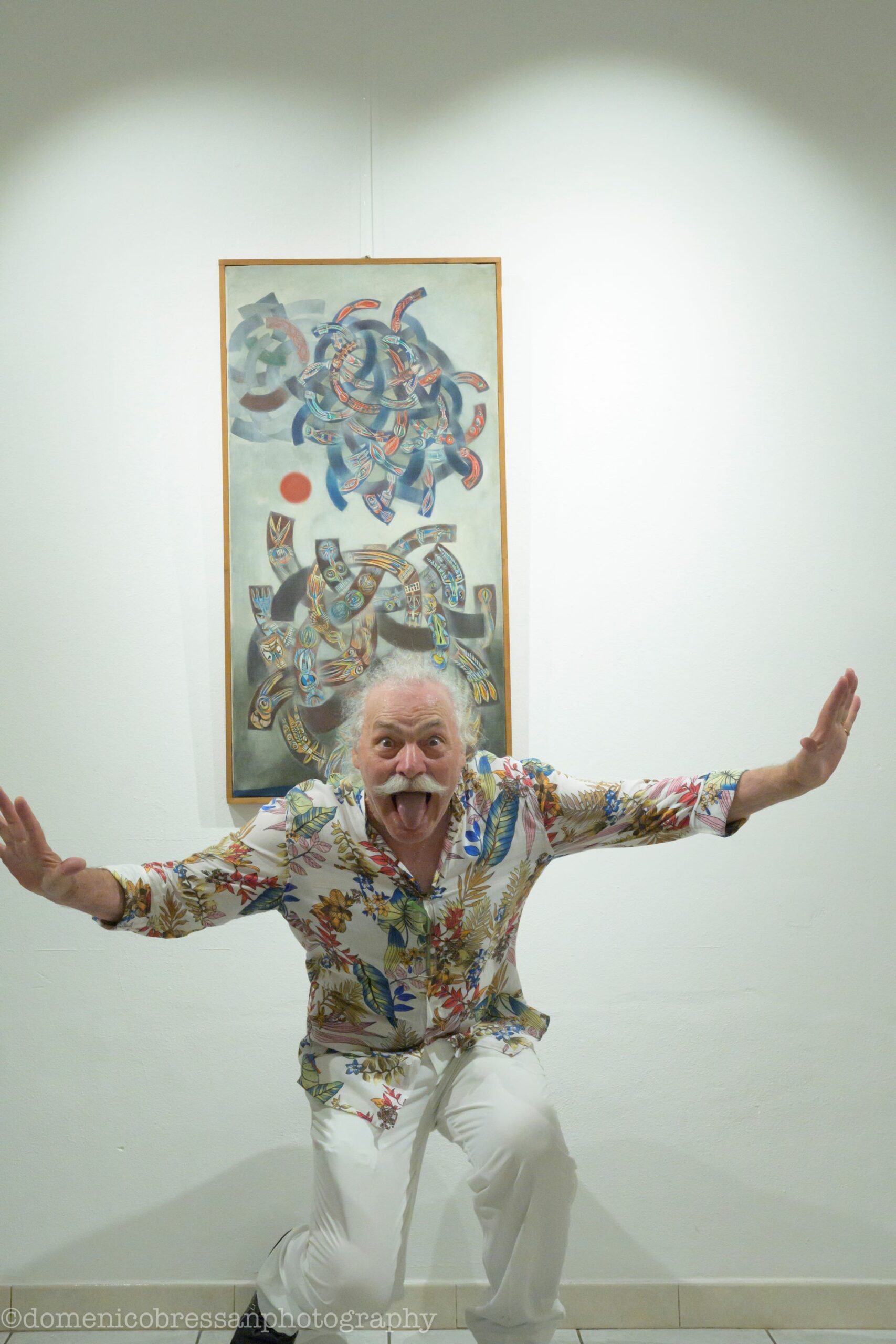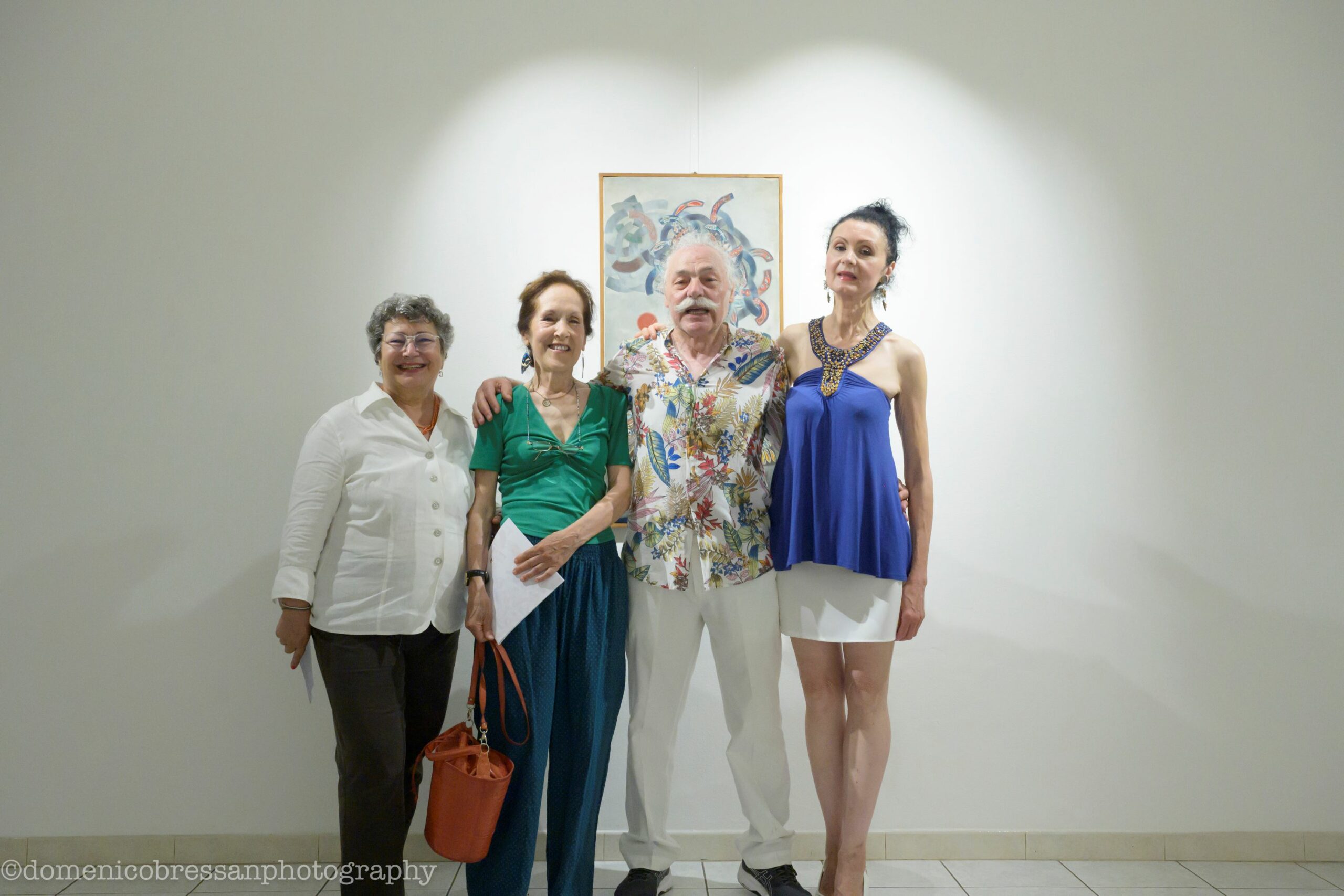Guðmundur Guðmundsson, aka Erró
ERRO-R VACUI
Dialogo della pittura e di un islandese
from 13 July to 4 August 2024
The Exhibition
“ERRO-R VACUI - Dialogue of painting and an Icelander” is a monographic homage to the greatest living Icelandic artist, Guðmundur Guðmundsson, also known as Erró, who studied at the Mosaic School of Ravenna in 1955. On display is a small nucleus of unpublished historical works - substantially surrealist in nature, although already absolutely original - created between 1960 and 1961, acquired in those years by the great Ravenna collector Roberto Pagnani, and today forming part of the Archive Collection Ghigi-Pagnani, edited by his son Giorgio and his nephew Roberto Pagnani Junior. The exhibition (curated by Roberto Pagnani and Silvia Pegoraro) is documented by a catalog with texts by R. Pagnani Junior and S. Pegoraro, with an accurate bio-bibliography of the artist and with a contribution from the Reykjavik Art Museum (Iceland) which preserves the largest collection of Errò's works.
The Works
The Artist
Erró, stage name of Guðmundur Guðmundsson, is one of the best-known and original Icelandic artists of the 20th century. His work is characterized by the use of collage, painting and performance, with a strong visionary component, but also ironic and critical towards consumer society and politics. His artistic style is unique and unmistakable, capable of mixing countless different elements, inviting the observer to reflect on the contradictions and challenges of the contemporary world.
He was born on 19 July 1932 in Ólafsvík, a small fishing village on the Snæfellsnes peninsula. Since he was a child he showed an interest in drawing and painting: at the age of ten Gudmundur became fascinated by the works of art reproduced in a catalog of the Museum of Modern Art in New York. He enrolled at the Reykjavík Academy of Art, where he graduated in 1950. He later moved to Norway, where he studied decorative art and fresco painting at the Oslo Academy. In 1954 he went to Italy, where he attended the Academy of Florence and visited the main cities of art. In 1955 he studied at the Mosaic School of Ravenna. In Italy he also came into contact with the informal movement and with artists such as Alberto Burri and Lucio Fontana.
In 1958 he settled in Paris, where he discovered surrealism and then pop art, which would profoundly influence his production. He begins making collages with images taken from the mass media, comics, advertising and art history, creating unusual and provocative combinations. His style is often referred to as "narrative figuration", as he tells stories through images, often with a satirical or grotesque tone. Among his recurring themes are war, violence, sex, religion and mass culture.
In 1962 Errò took part in his first Catastrophe Happening in Paris, together with Jean-Jacques Lebel - with whom he had established a relationship of profound friendship and collaboration - a performance which consisted of destroying his works in front of the public. In 1963 he went to New York for the first time, coming into contact with Pop Art. He returned often to the United States between the 60s and 70s, finding inspiration there for the Interieurs Americains series, in which he painted domestic interiors populated by characters from comics and consumer items. In the same years he collaborated with artists such as Andy Warhol, Robert Rauschenberg and Roy Lichtenstein. In 1976 he visited NASA in Houston, where he obtained visual documents that he would use for his Space Series.
In the 1980s Errò dedicated himself to painting on canvas, using a mixed technique that combines collage, acrylic and oil. His works become larger and more complex, with a wealth of detail and color. Among his best-known series are Mechanicals (1980-1984), in which he depicts anthropomorphic machines; Chinese Paintings (1983-1986), in which he takes up motifs from traditional Chinese painting; History of Painting (1984-1989), in which he pays homage to the great masters of Western art. Since the 90s he has drawn his images exclusively from comics.
In 1989 Errò donated over 2000 works including paintings, collages and drawings to the Reykjavik Art Museum, which constitute the nucleus of his permanent retrospective in the Museum of the Icelandic capital. In the following years he continued to exhibit all over the world, receiving numerous recognitions and prizes.
Errò lives and works between Paris, Formentera and Bangkok.
